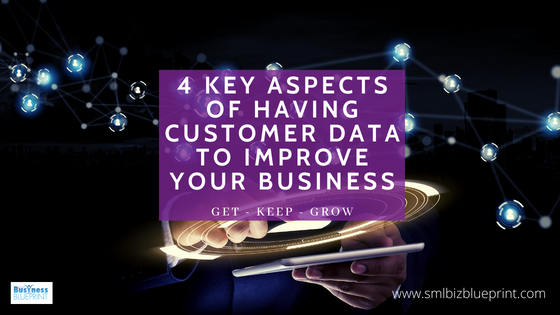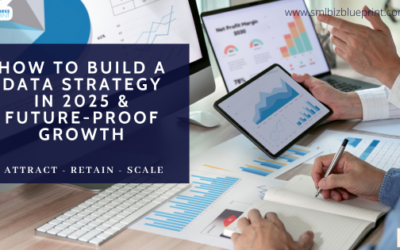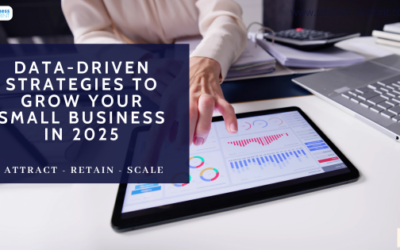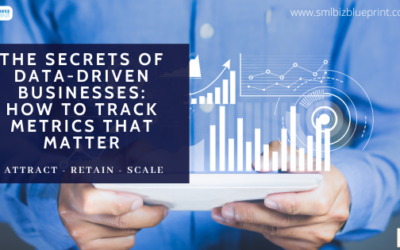Are you using your customer data to improve your business?
Every business, large or small is collecting or can collect a lot of data on their customers.
From customer details such as name, location and sales through to tracking customers as they surf the web.
But
Once you have this data are you using it? It generally is not the collection of data that is the problem it is business owners using the data they have.
In today’s business climate, it is no longer acceptable to guide your business by gut instinct or intuition. Sure, those are still important, but a data-driven approach is imperative to ensure you’re providing the best guidance to your organization.
With all the data available it is important that you have a process for acquiring and using your data

Here are 4 key aspects of ensuring that the data your business receives can be used to build and grow your business
1. Data Collection
How and where you collect your data is important.
Customer data can be collected in three ways:
- by directly asking customers,
- by indirectly tracking customers
- by appending other sources of customer data to your own (buying data)
Your business should be including all three
You can source data from consumer activity on your websites, and social media pages, through customer phone calls and live chats
With technology today you can be laser-focused with location-based advertising, which utilizes tracking technologies such as an internet-connected device’s IP address (and the other devices it interacts with – your laptop may interact with your mobile device and vice versa) to build a personalized data profile. This information is then used to target users’ devices with hyper-personalised, relevant advertising.
Use your customer service records to see how customers have interacted with their sales and support departments in the past. This is direct feedback about what worked and what didn’t, what a customer liked and disliked.
You can observe customer behaviour by monitoring their activity on your company’s website and social media pages. You can collect an IP address from other devices that visit your web properties. Use this information to build a personalized customer profile and send relevant advertising your way.
Consult with your support and sales staff. These divisions work together to incorporate previous customer feedback on what they liked or disliked about a service or product.
Companies can also purchase data from an information or data broker. This data comes from both public and private sources. Some of this data includes driving records, change of address records or census data.
2. Types of Data You Can Collect
The consumer data that businesses can collect can be broken down into four categories:
Personal data. This category includes personally identifiable information such as Social Security numbers and gender as well as non-personally identifiable information, including your IP address, web browser cookies, and device IDs (which both your laptop and mobile device have).
Engagement data. This type of data details how consumers interact with a business’s website, mobile apps, text messages, social media pages, emails, paid ads and customer service routes.
Behavioural data. This category includes transactional details such as purchase histories, product usage information (e.g., repeated actions), and qualitative data (e.g., mouse movement information).
Attitudinal data. This data type encompasses metrics on consumer satisfaction, purchase criteria, product desirability and more.

3. Converting Data Into Knowledge
With all the data you are collecting the challenge is to use this data to benefit your business.
Capturing large amounts of data creates the problem of how to sort through and analyze all that data.
Computers, however, sifting through this data more quickly and efficiently than humans, and they can operate 24/7/365 without taking a break.
Machine learning algorithms and other forms of AI proliferate and improve, and data analytics becomes an even more powerful field for breaking down the sea of data into manageable tidbits of actionable insights.
Some AI programs will flag anomalies or offer recommendations to decision-makers within an organization based on contextualized data. Without programs like these, all the data captured in the world would be utterly useless.
4. Improve Your Business
a) To improve the customer experience
For many companies, consumer data offers a way to better understand and meet their customers’ demands.
By analyzing customer behaviour, as well as vast troves of reviews and feedback, companies can nimbly modify their digital presence, goods, or services to better suit the current marketplace.
Use your CRM systems to help you manage your customer data.
Use consumer data to improve consumer experiences as a whole, but also to make decisions on an individualized level.
b) To refine a company’s marketing strategy
Contextualized data can help companies understand how consumers are engaging with and responding to their marketing campaigns, and adjust accordingly.
This highly predictive use case gives businesses an idea of what consumers want based on what they have already done.
Like other aspects of consumer data analysis, marketing is becoming more about personalization,
c) To transform the data into cash flow
Companies that capture data stand to profit from it.
Data brokers, or data service providers that buy and sell information on customers, have risen as a new industry alongside big data. For businesses that capture large amounts of data, collecting information and then selling it represent opportunities for new revenue streams.
For advertisers, having this information available for purchase is immensely valuable, so the demand for more and more data is ever-increasing.
That means the more disparate data sources data brokers can pull from to package more thorough data profiles, the more money they can make by selling this information to one another and advertisers.
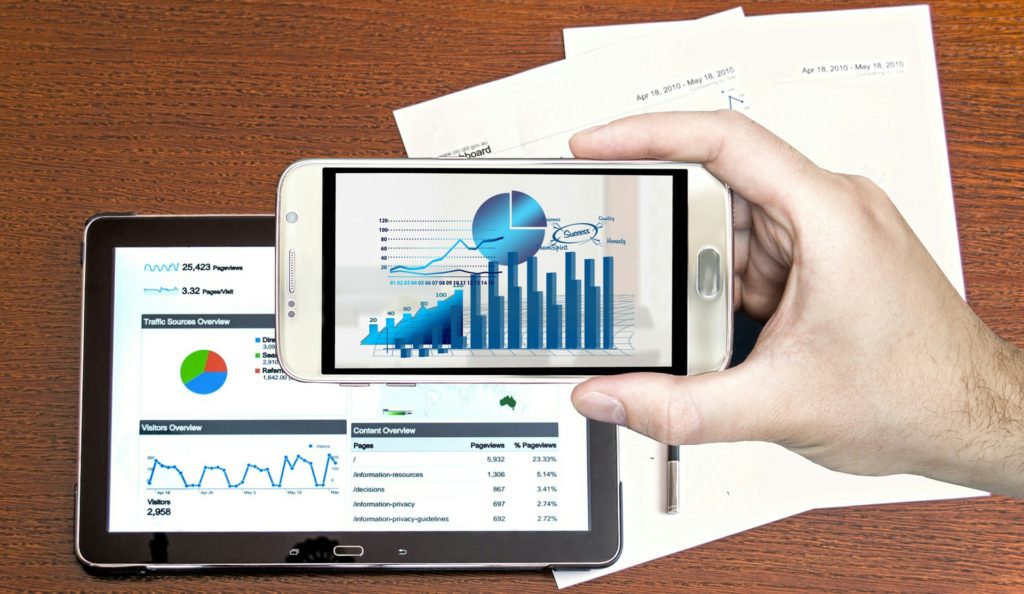
5. Data For All Your Business
Customer Data Management (CDM) is the process of gathering, organizing and analyzing data about your customers. It’s a crucial mechanism when considering improvements to:
- customer acquisition, satisfaction and retention rates;
- visibility of customers and communication strategies;
- and increased data quality and higher revenue.
Here’s a breakdown of why creating a reliable customer database should be your top priority:
Acquiring new customers is no easy task, however, a customer database can drive your business communications without you having to spend a fortune on lame, detached advertising.
Collect customer data by simply asking for it and reward that trust by communicating relatable discounts, events and other promotional reminders (e.g. free shipping for first purchases). A pleasant first impression improves the likelihood of having clients become strong brand promoters.
A whopping 80% of sales come from 20% of your existing customers. Once they’re in your door, retain them by cultivating a healthy customer loyalty program that creates customized, positive experiences to produce recurring brand advocates that generate highly-valued word-of-mouth marketing.
Collecting relevant customer data will allow you to better segment your target market, discover trends in buying behaviour and allow you to customize individual communication strategies leading to better-informed, real-time strategic decision-making.
A customer’s path to purchase can be a long, unpredictable process with multiple touch-points, numerous devices, around-the-clock consumption, and participation both online and offline.
Relevant data collection from every stage of the customer journey can be analyzed to identify performers which can be supported to enhance sales efficiency.
An underlying factor begins to stand out: for a customer data management system to successfully produce results, data collected from various sources need to be coordinated around the customer rather than channel or device, creating a holistic view of individual customers
Having a centrally located and widely accessible customer profile that is available throughout company departments as opposed to being warehoused in separate locations under lock and key is the most sensible way to handle your data.
Each customer interaction is then relevant to their previous one, regardless of the channel, encouraging consistent, transparent experiences with your business.

